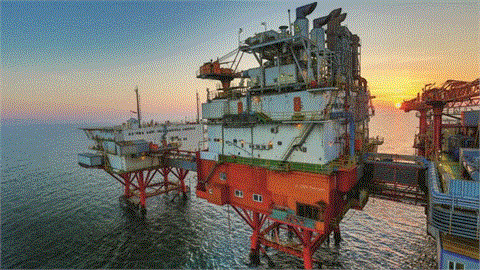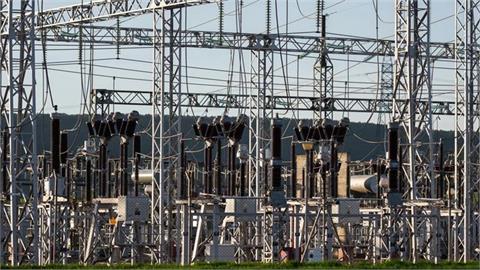A supply shortage in mid-2020s is a possibility based on current demand projections unless new LNG production project commitments are made soon, Shell said in its latest 2018 LNG Outlook report on Monday.
The company said the LNG market continues to defy expectations of many market observers, with demand growing by 29 million tonnes to 293 million tonnes in 2017.
It said that such a strong growth in demand is consistent with Shell’s first LNG Outlook, published in 2017.
According to the company's report, Japan remained the world’s largest LNG importer in 2017, while China moved into second place as Chinese imports overtook South Korea’s.
Total demand for LNG in China reached 38 million tonnes, a result of continued economic growth and policies to reduce local air pollution through coal-to-gas switching. the report showed.
"We are still seeing significant demand from traditional importers in Asia and Europe, but we are also seeing LNG provide flexible, reliable and cleaner energy supply for other countries around the world," said Integrated Gas and New Energies Director at Shell Maarten Wetselaar who added, "In Asia alone, demand rose by 17 million tonnes. That’s nearly as much as Indonesia, the world’s fifth-largest LNG exporter, produced in 2017."
Shell noted that LNG buyers continued to sign shorter and smaller contracts.
"In 2017, the number of LNG spot cargoes sold reached 1,100 for the first time, equivalent to three cargoes delivered every day. This growth mostly came from new supply from Australia and the U.S.," it added.
The company emphasized that most suppliers still seek long-term LNG sales to secure financing.
"But LNG buyers increasingly want shorter, smaller and more flexible contracts so they can better compete in their own downstream power and gas markets. This mismatch needs to be resolved to enable LNG project developers to make final investment decisions that are needed to ensure there is enough future supply of this cleaner-burning fuel for the world economy," it explained.
(Anadolu Agency)



